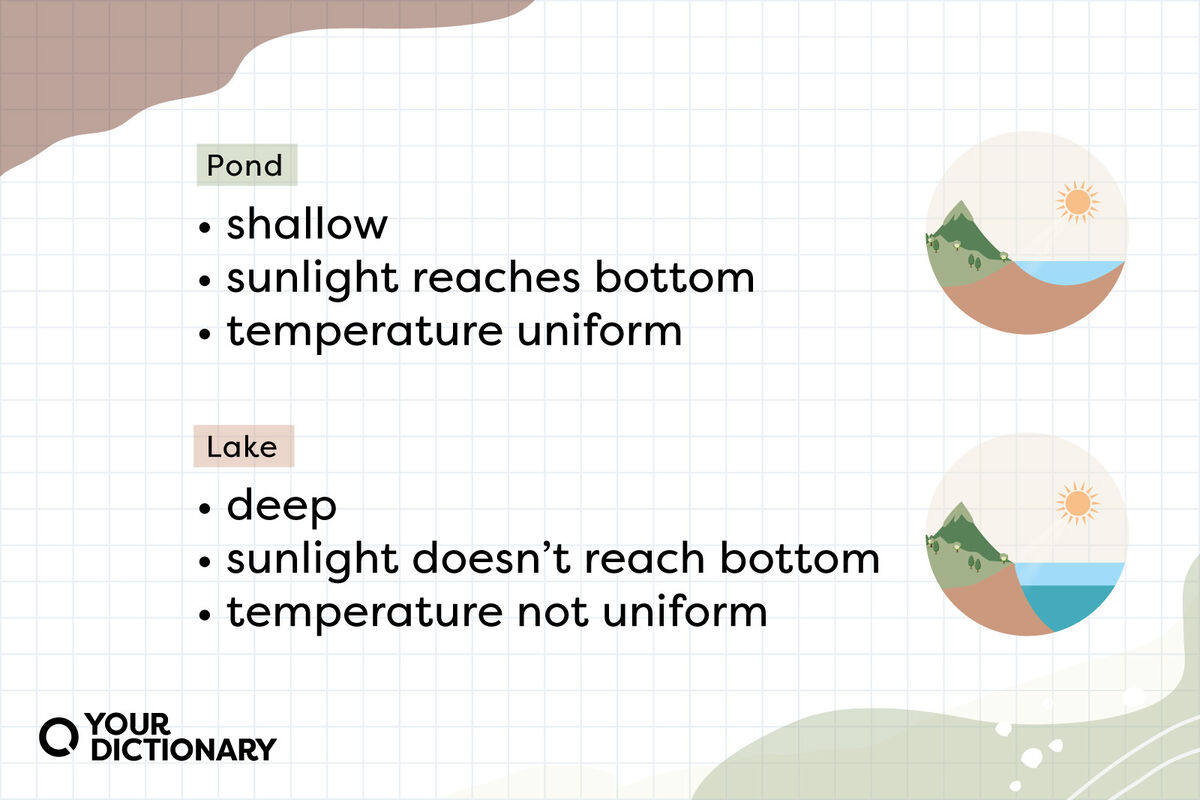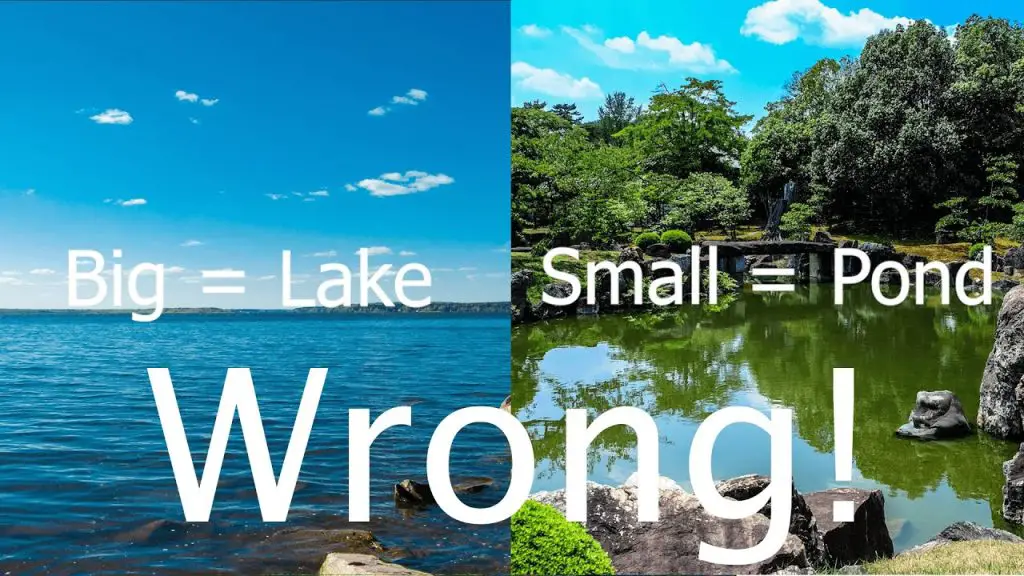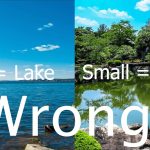When you gaze upon a body of water, have you ever wondered whether it’s a lake or a pond? While both may appear similar at first glance, there are key differences that set them apart.
Definition
A lake is a large body of water that is surrounded by land. On the other hand, a pond is a small body of water that can be natural or man-made.
Size
| Feature | Lake | Pond |
|---|---|---|
| Size | Large | Small |
Depth
Lakes are typically deeper than ponds, with some lakes reaching depths of hundreds of feet, while ponds are shallower, usually less than 15 feet deep.
Origin
Lakes are often formed by geological processes like glaciers or tectonic activity, while ponds can form naturally from rainwater or be created by humans for various purposes.
Plant and Animal Life
- Lakes tend to support a greater diversity of plant and animal life due to their larger size and ecological complexity.
- Ponds may have fewer species but can still be rich habitats for various aquatic plants and animals.

Credit: www.nature.com
Usage
Lakes are commonly used for recreational activities like boating, fishing, and swimming due to their size and depth. Ponds are often used for decorative purposes in gardens or as habitats for fish and wildlife.

Credit: www.yourdictionary.com
Environmental Impact
Lakes and ponds play crucial roles in the environment by providing habitats for wildlife, regulating water flow, and supporting biodiversity.
Conclusion
While lakes and ponds may share some similarities, their differences in size, depth, origin, and usage make each of them unique ecosystems that contribute to the beauty and diversity of our natural world.





